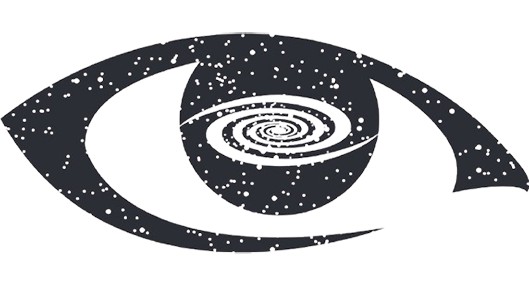Aucun produit
Les prix sont TTC
 Agrandir l'image
Agrandir l'image
Astronomik H-alpha 6nm 1,25" CCD / C-MOS
Filtre CCD H-Alpha 6nm
Nouveau produit
Astronomik H-alpha 6nm 1,25" CCD
Le filtre Astronomik H-alpha 6nm 1,25" offre une transmission élevée à 656 nm. Compatible CCD et CMOS modernes, il bloque la pollution lumineuse et rehausse les détails des nébuleuses, même en environnement urbain. Idéal pour l’imagerie monochrome en bande étroite.
Ce produit n'est plus en stock
En savoir plus
Astronomik H-alpha 6nm 1,25" CCD
Description :
Le filtre Astronomik H-alpha 6nm 1,25" est un filtre à bande étroite optimisé pour l’imagerie des nébuleuses à émission, en isolant la raie H-alpha à 656 nm. Il est idéal pour une utilisation en astrophotographie monochrome, aussi bien avec des capteurs CCD que des capteurs CMOS modernes.
Avec une largeur à mi-hauteur (FWHM) de 6 nm, il bloque efficacement la lumière parasite (lampes au sodium, mercure, lueur du ciel) tout en laissant passer jusqu’à 96 % du signal utile. Il permet ainsi de produire des images à fort contraste, même sous un ciel fortement pollué.
Le filtre est compatible avec les systèmes optiques jusqu’à f/4, grâce à son revêtement MFR (Multi-Foil Reflection). Il est monté dans une cellule filetée 1,25" (M28,5), adaptée à la plupart des roues à filtres et accessoires standards. Il est parfocal avec les autres filtres Astronomik.
Caractéristiques techniques
-
Type de filtre : H-alpha à bande étroite
-
Longueur d’onde centrale : 656 nm
-
Largeur FWHM : 6 nm
-
Transmission typique : 96 % à 656 nm
-
Monture : 1,25" (filetage M28,5)
-
Épaisseur du verre : 1 mm
-
Revêtement MFR : Oui, optimisé jusqu’à f/4
-
Parfocalité : Oui (avec autres filtres Astronomik)
-
Compatibilité capteurs : CCD et CMOS (monochromes)
-
Utilisation recommandée : astrophotographie uniquement
-
Résistance : aux rayures, humidité, vieillissement
Avantages
-
Transmission élevée à 656 nm pour un excellent contraste
-
Compatible avec capteurs CCD et CMOS monochromes
-
Efficace même sous un ciel urbain ou pollué
-
Cellule filetée robuste 1,25", adaptée aux systèmes standard
-
Parfocalité avec autres filtres de la gamme
Le filtre Astronomik H-alpha 6nm 1,25" est un choix idéal pour les astrophotographes souhaitant imager les nébuleuses à émission avec précision. Conçu pour une imagerie en bande étroite efficace, il est totalement compatible avec les caméras CCD et CMOS modernes. Il permet de capturer des détails invisibles en lumière naturelle, en réduisant fortement la pollution lumineuse. Avec sa transmission maximale à 656 nm et son revêtement de haute qualité, il offre un contraste optimal dans toutes les configurations monochromes.
Téléchargement
Les filtres interférentiels
Fonctionnement des différents types de filtres pour l'astronomie
Téléchargement (1.97M)
